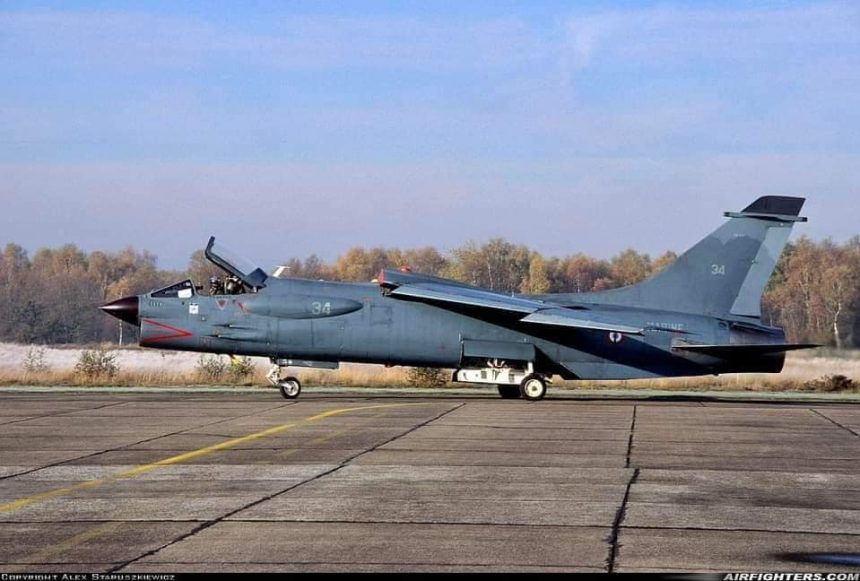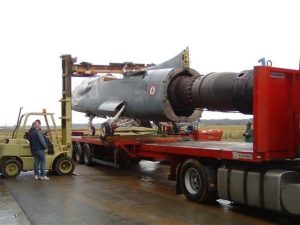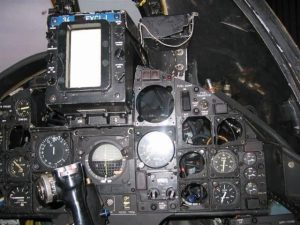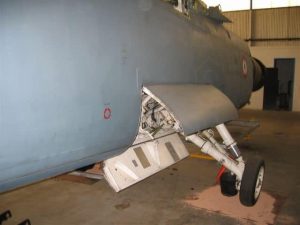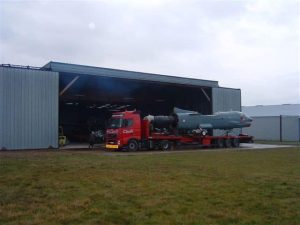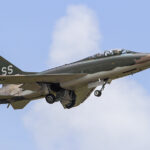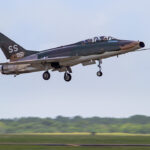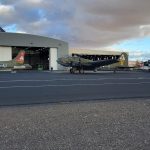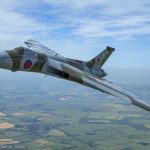The Vietnam War Flight Museum recently announced plans to acquire the last operational F-8 Crusader, an aircraft that holds a unique place in aviation history as “The Last of the Gunfighters.” A GoFund Me campaign was recently started (Click HERE). This particular aircraft, Bureau Number 151765, Tail #34, was one of 42 Crusaders acquired by the French Navy in 1962 and has remained abroad since its retirement from French service. The museum is seeking public support to bring this historic jet back to American soil, where it can honor its legacy and serve as an educational exhibit. The Crusader is currently in France, and the museum aims to raise $100,000 to cover transportation and restoration costs to bring this significant piece of military history to the United States.
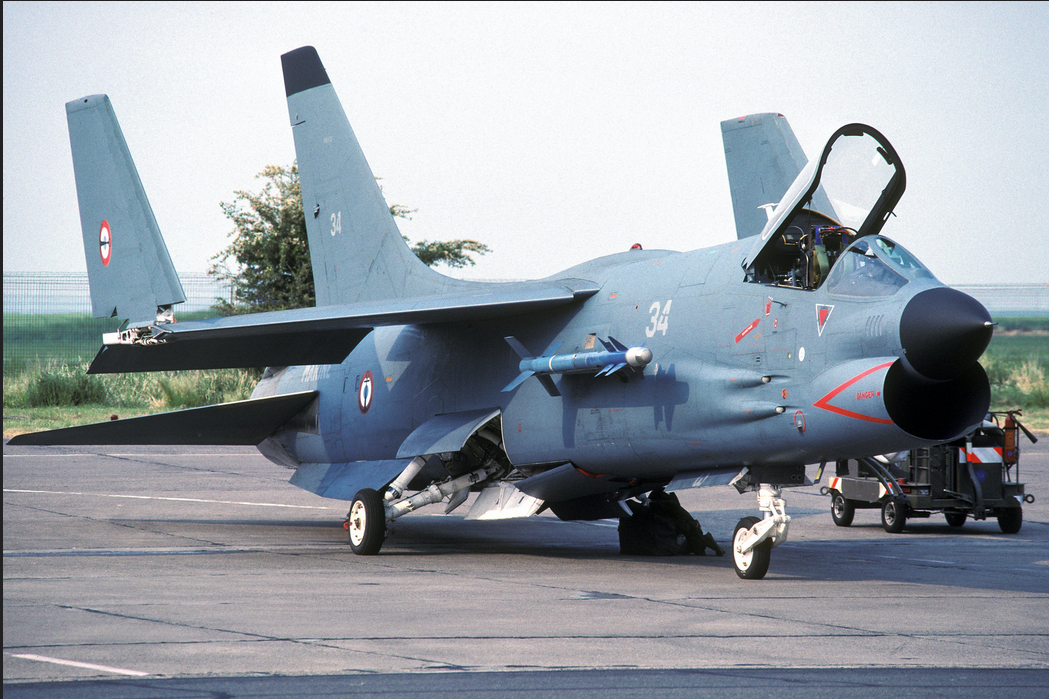
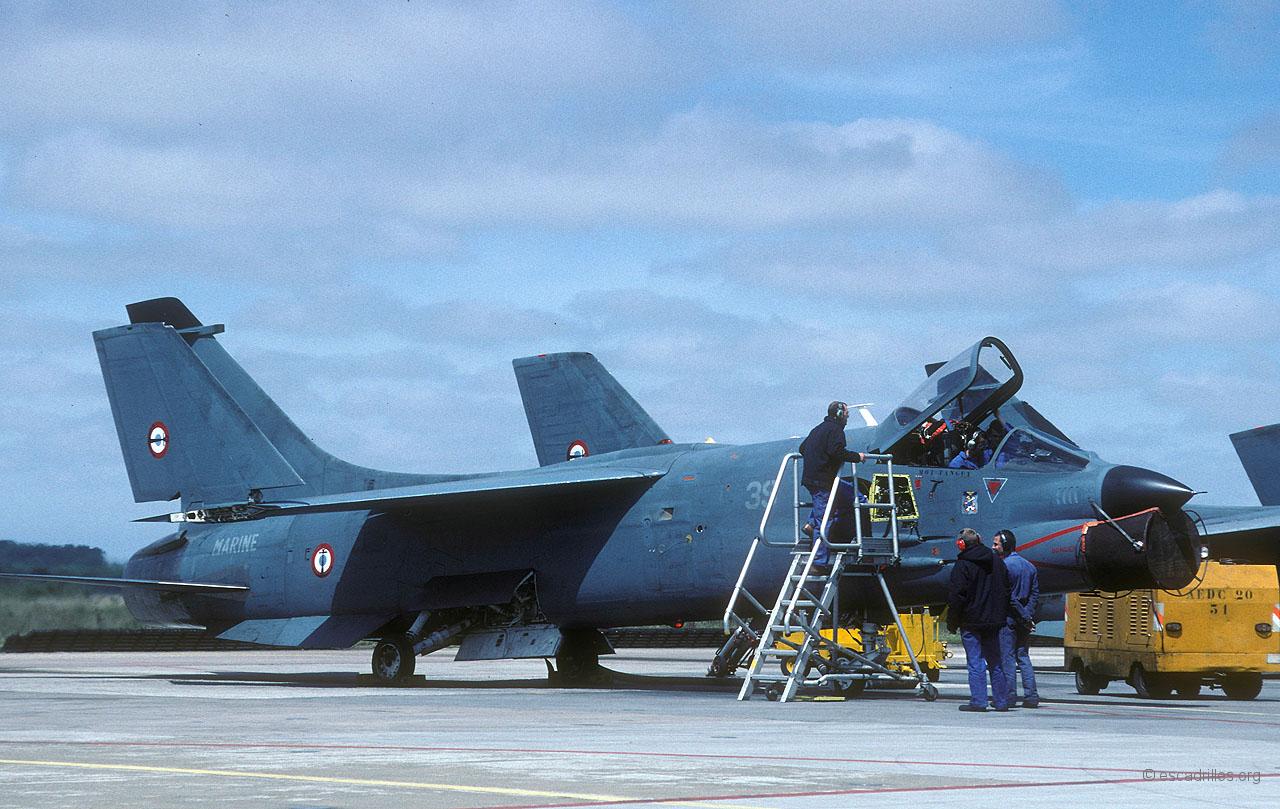
The Significance of the F-8 Crusader
A highly capable fighter from the post-World War II era, the F-8 Crusader was known for its sleek design, featuring a prominent jet intake and a unique variable-incidence wing that allowed for improved pilot visibility during takeoff and landing. Unlike other fighters of its time, which increasingly relied on missiles, the Crusader retained 20mm cannons as its primary weapons, earning it the title “The Last of the Gunfighters.”
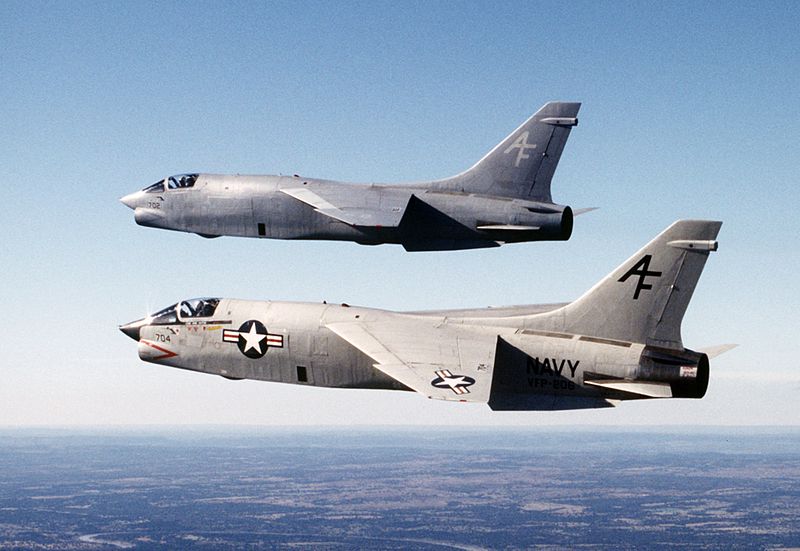
The Crusader quickly proved itself a groundbreaking aircraft. On August 21, 1956, Commander Robert W. Windsor set a national speed record of 1,015.428 mph in the F-8, marking it as the first operationally equipped jet to exceed 1,000 mph. On July 16, 1957, future astronaut Major John H. Glenn, Jr., flew a photo reconnaissance version of the F-8 on a record-setting transcontinental flight, covering the distance from Los Alamitos, California, to Floyd Bennett Field, New York, in just over three hours.\
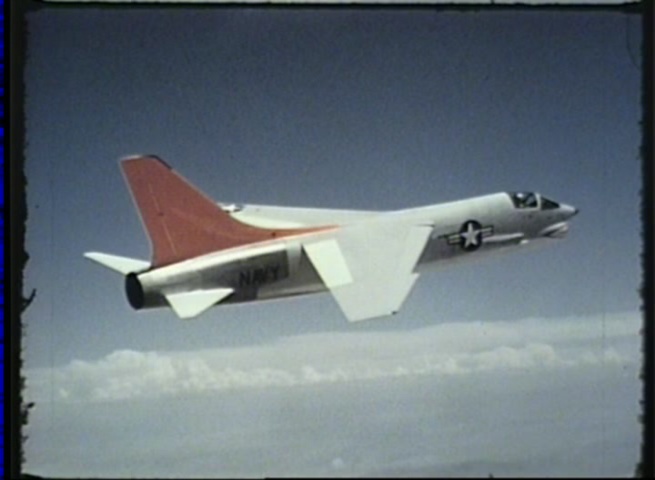
The F-8 Crusader’s operational record includes historic missions such as photo reconnaissance flights during the Cuban Missile Crisis in 1962 and extensive combat operations during the Vietnam War, where Crusader pilots were credited with downing 18 enemy MiGs.
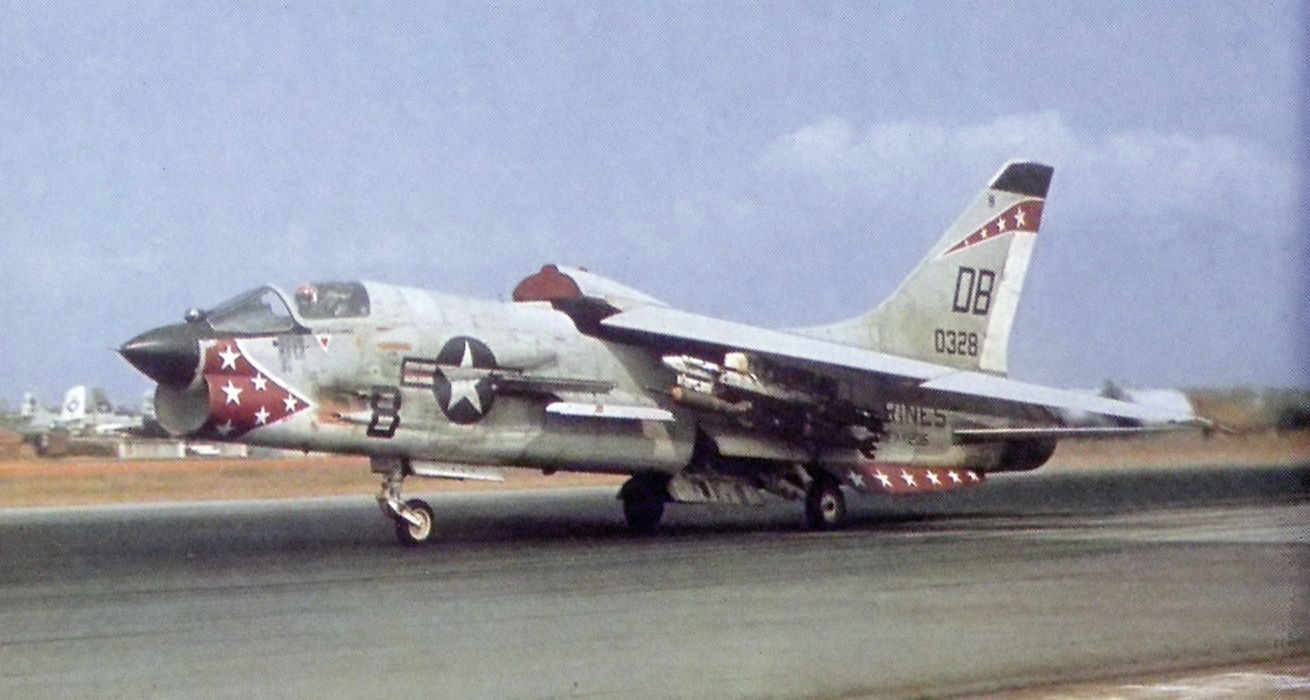
The French Navy selected the F-8 Crusader in the early 1960s to equip its carriers, Clemenceau and Foch, because the newer F-4 Phantom was too large for their decks. Designated the F-8E(FN), the French Crusaders remained in service until December 19, 1999, when they were retired in favor of the Dassault Rafale M.
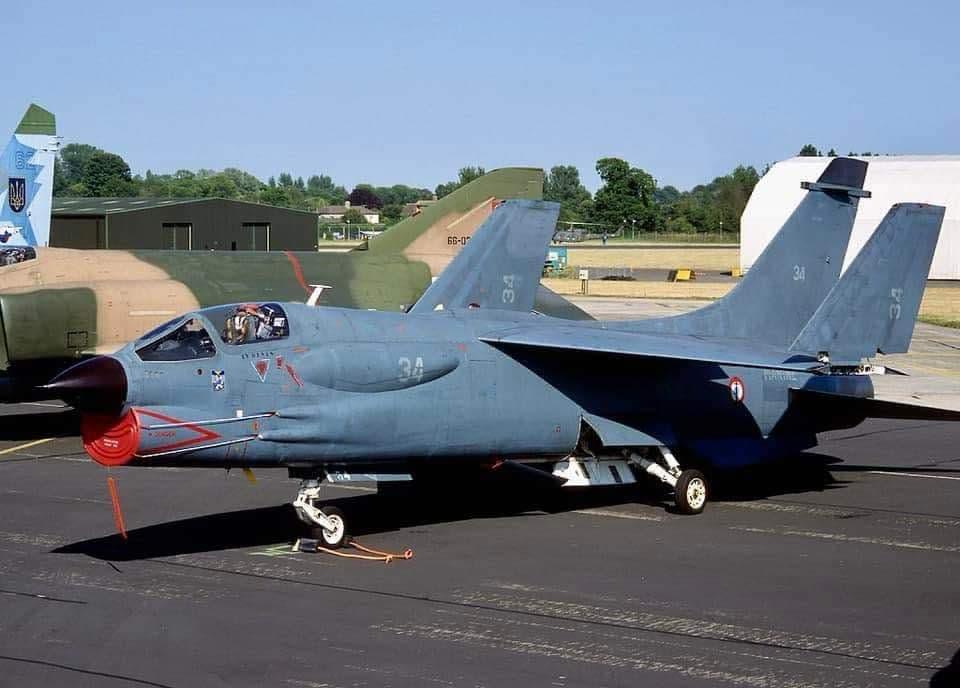
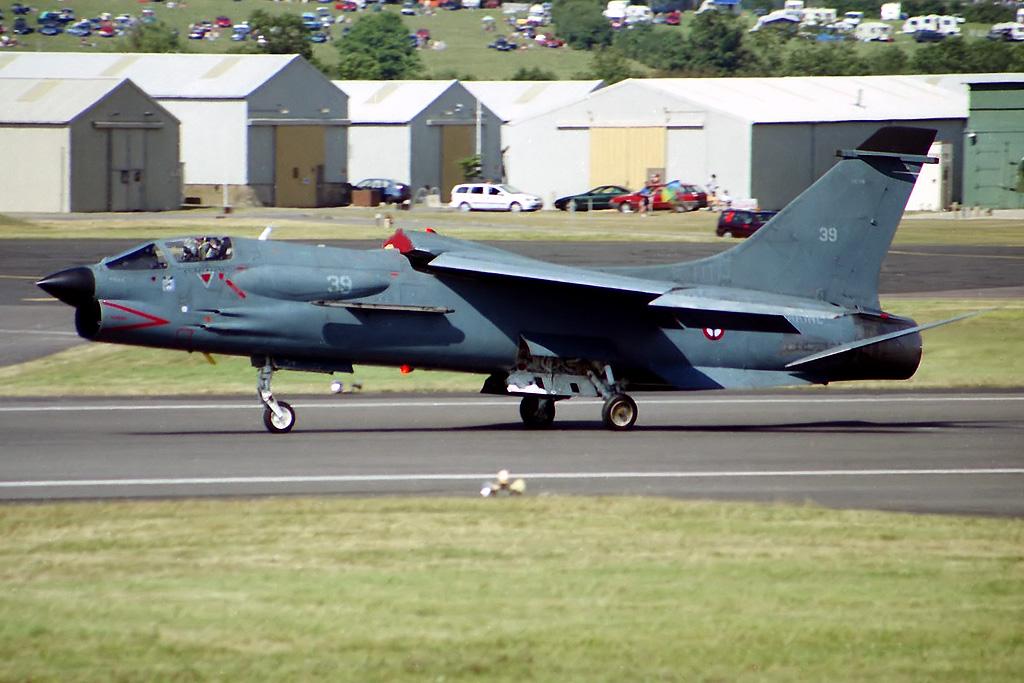
A New Chapter at the Vietnam War Flight Museum
Bringing this final flying F-8 Crusader to the Vietnam War Flight Museum would allow the aircraft to fulfill a new purpose as a tribute to the service members and pilots of the Vietnam War. As an airworthy exhibit, it will give visitors an opportunity to connect with a significant chapter of American aviation history.
The Vietnam War Flight Museum has launched a fundraising campaign to cover the costs of transporting and restoring the Crusader. Every dollar donated will go directly towards bringing the jet to the U.S. and preserving it for future generations. The museum encourages supporters to contribute and help spread the word about this effort to bring the Crusader back home, where it can continue to inspire and honor those who served. Each contribution brings the museum one step closer to preserving this unique piece of history, ensuring the legacy of the F-8 Crusader and the heroes who flew it live on. To support this effort by the Vietnam War Flight Museum, click on the GoFund Me campaign link.







